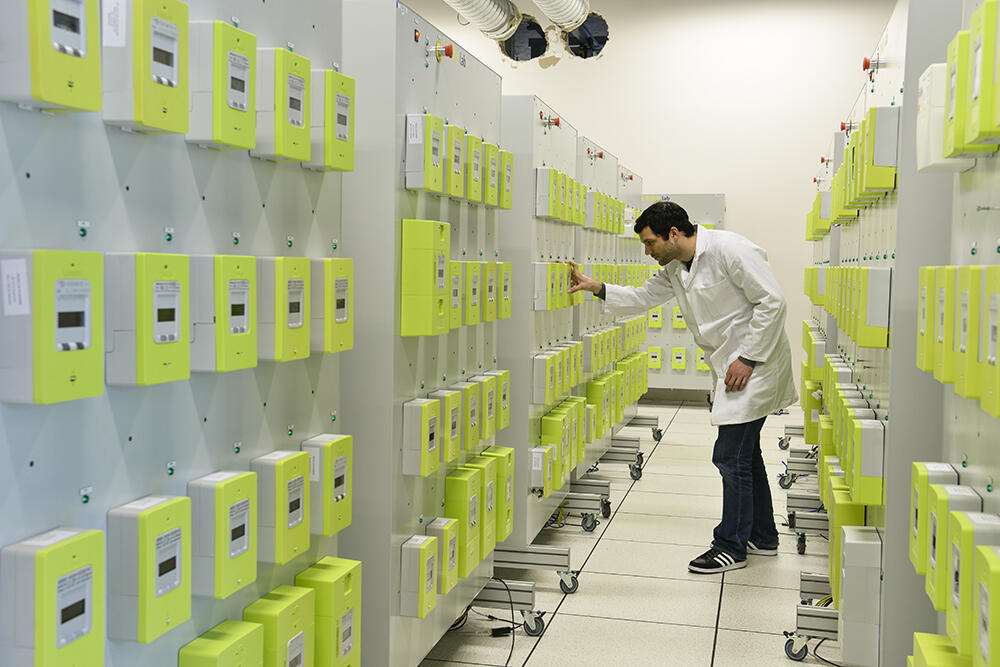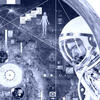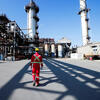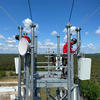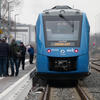You are here
Smart grids are essential to the ecological transition

What problems connected to electrical grids do smart grids resolve?
Nouredine Hadjsaid:1 It is important to point out that electrical grids are vital for modern economies, and are considered to be the most complex system ever built by humans. The French grid includes more than 1.5 million kilometres of electrical lines and cables – three times the distance between the Earth and the Moon – interconnected with the rest of the European grid. It is governed by immutable laws of physics that require constant balance between what is produced and what is consumed. The loss of this balance can cause a blackout.
An electrical grid is based on the ‘electricity’ energy vector, which has unique qualities in terms of flexibility, versatility, transport, and distribution, but cannot be stored on a large scale. When you flip a switch, the energy is produced in real time. Flexible means of production are required to act instantaneously and in a coordinated manner.
What’s more, the grid must preserve an operational margin of security in order to account for various contingencies, such as storms or sudden peaks in consumption. It is the only industry in the world that operates with such constraints.

The system has become more complex with the arrival of renewable energy. French consumption peaks at 100 gigawatts, or the equivalent of one hundred nuclear units, which can be fully controlled. Renewable energy is able, in theory, to provide a little less than one-third of this peak, but it involves more than 500,000 units spread across the country, and does not offer real control over its production, which in the case of solar and wind energy depends on weather conditions. Integrating them is a massive endeavour. Finally, the development of electric vehicles requires mobile charges that must be provided where and when these vehicles consume energy. Only smart grids can manage the complexity of the energy transition.
What are the characteristics of a smart grid?
N. H.: Firstly the system’s resilience, which requires representational models on different time scales that include the induced dynamics. From an operational point of view, the control system – for measuring, analysing, deciding, and communicating – must be managed in real time. For some parts of the grid that are already well equipped, this occurs via the reliability of the thousands of measurements conducted on the scale of a second. Other parts call for installing a sufficient number of sensors, in addition to restoring the observability of the entire network in real time, based on minimal measurements.



The extracted data is used for complex predictive models – which can potentially be enhanced with artificial intelligence – with a view to optimising the overall functioning of the grid. Given the need to permanently maintain grid balancing in an increasingly complex and uncertain context, decision-making systems must rely on distributed intelligence with various degrees of analysis and autonomous decision-making, all while coordinating with centralised systems that are indispensable to overall optimisation. It’s an enormous undertaking.
What are the primary difficulties?
N. H.: Smart grids are connected to information and communication systems for their observability and control. We are therefore dealing with systems of systems. This requires multiphysics and observability modelling. Since it is impossible to install sensors throughout the entire distribution network, we must obtain the most reliable description from a limited number of points. I like to say that this amounts to reconstructing a 4K image based on just a few pixels.
We also want to develop autonomous and reactive systems that are controllable and safe, and can withstand greater variability. We must also take into consideration the models of neighbouring countries to which our grid is interconnected, such as Germany and Belgium, which are in turn interconnected to other countries, and so on. We are all subject to external contingencies that can affect our grid. New planning models that integrate increasing uncertainty are also needed, all while managing investment, which represents colossal amounts of money.
This is a huge effort that will require decades of research.
Do smart grids offer solutions for energy savings?
N. H.: They make it easier for consumers to participate, notably with the concept of the ‘consum’actor’. They can be equipped with energy production or storage systems, such as solar panels, and even electric vehicles. Consum’actors thus become a source of flexibility, with smart meters serving as the essential building blocks.
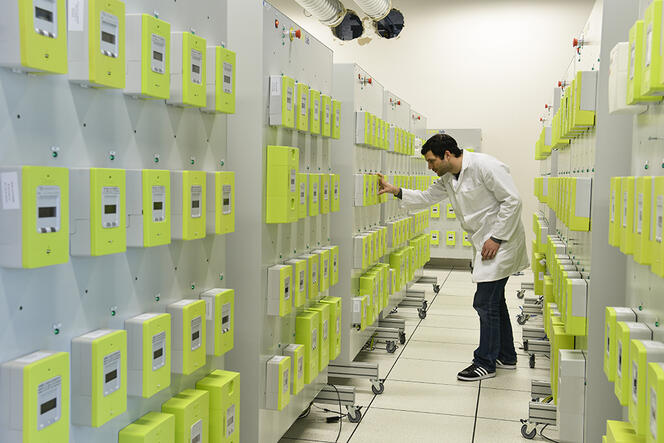
Via the power-line communication (PLC), which the general public uses to extend its internet network through electrical sockets and a smart meter, the network can communicate with the various electrical devices that are plugged in. This also functions with other methods, such as 5G. For example, some technologies access water heaters or refrigerators in order to briefly turn them off, all while preserving the consumer’s comfort. Finally, greater knowledge of consumption also facilitates energy saving.
How does research study smart grids?
N. H.: In my view there are three primary categories of approaches. First, modelling enlightens us on what is happening in systems of which we can only observe a tiny fraction directly. Nonlinear phenomena occur, with complex dynamics and feedback effects. Models help describe all of this and then propose solutions, in particular by adapting the grid’s architecture or by creating new control modes.



In a second phase, these results must be validated on physical experimental platforms, using actual technological objects. For example, at the G2Elab we share the Production Distributed Energy Network (PREDIS) centre and its 2,000 m² dedicated to smart energy management with the ENSE3 energy, water, and environment school. This research can be coupled with models such as digital twins (virtual models of physical objects – Editor’s note). Finally, we collaborate directly with socioeconomic players to have a better grasp of the problems they face, and then field-test solutions that have passed the preceding stages.
What research do you conduct personally?
N. H.: I am chiefly interested in the resilience of systems. I create models to identify vulnerability within complex and evolving architectures, and I develop grid architectures that better integrate renewable energy and new uses. I also study grid control using inverters equipped with artificial intelligence, in order to better manage a decrease in the system’s overall inertia resulting from renewable energy. These devices, which are particularly important in photovoltaic systems, generate alternative currents from continuous sources. Their optimisation could limit energy storage needs. Finally, I have worked on methods for identifying the best locations to install sensors, in an effort to improve the network’s observability.
More generally, I seek to strengthen ties between academic research and industry. My many functions bring me into contact with hundreds of industrial actors, various ministries, the French Energy Regulatory Commission (CRE), and French Agency for Ecological Transition (ADEME). These beneficial partnerships give researchers access to vast sets of first-hand data, which is essential for innovating, and for constructing reliable models. They also draw attention to the concrete needs and obstacles faced by the energy sector.
Beyond my research, current advances primarily involve control systems and the integration of renewable energy. Artificial intelligence has increased the quality of consumption estimates by up to 70%, with researchers developing ever more flexible and reactive systems. In any event, we have access to an extraordinary body of research, and enjoy close collaboration with the overall energy sector, especially in connection with the intensifying electrification process needed to achieve carbon neutrality by 2050.
- 1. Nouredine Hadjsaid is a Professor at the Institute of Engineering and Management at Université Grenoble Alpes, and the director of the Grenoble Electrical Engineering Laboratory (G2Elab – CNRS / Université Grenoble Alpes). He is also the director of the Enedis Chair of Excellence on Smart Grids, the holder of the chair in artificial intelligence at the Multidisciplinary Institute in Artificial Intelligence (MIAI), and chairman of the Think Smartgrids scientific council.
Explore more
Author
A graduate from the School of Journalism in Lille, Martin Koppe has worked for a number of publications including Dossiers d’archéologie, Science et Vie Junior and La Recherche, as well the website Maxisciences.com. He also holds degrees in art history, archaeometry, and epistemology.



